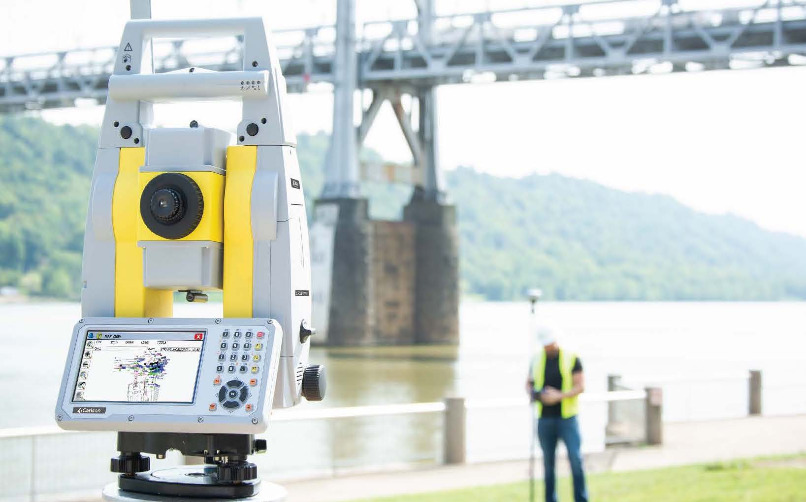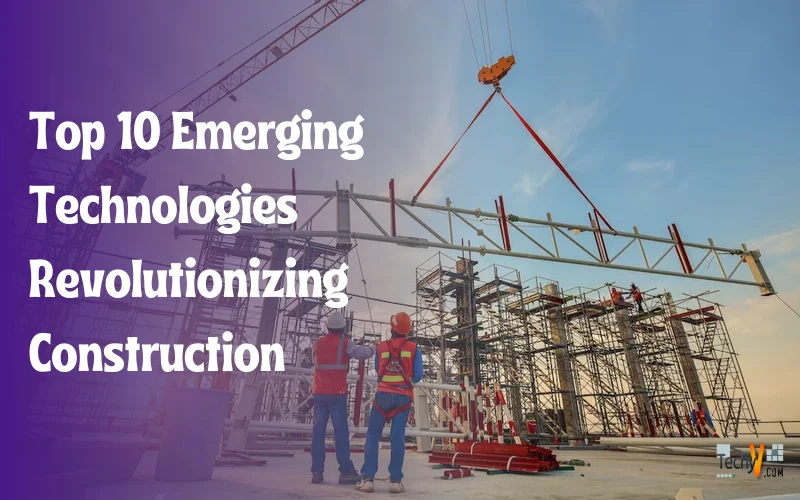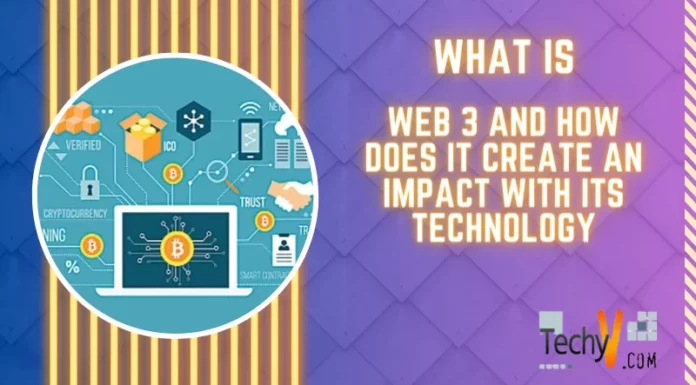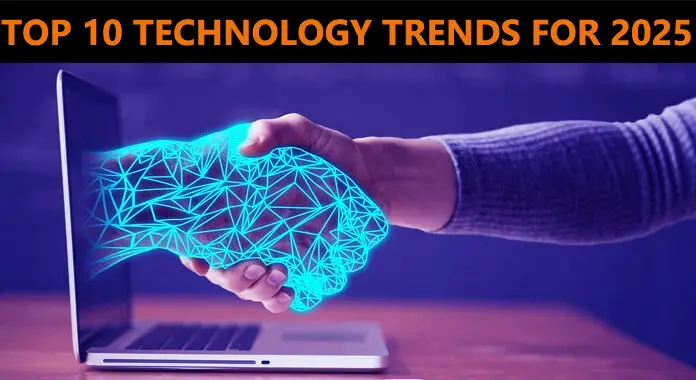The world of building has seen a lot of change thanks to innovation. The sector has made incredible strides recently and is now more productive and efficient than ever. Numerous ground-breaking breakthroughs are revolutionizing the whole building process, from 3D printing to drone technology. Five of the most exciting technologies that are reshaping the market will be discussed in this article. We have seen various international estimates and studies on the industry market overview based on all these variables. AEC (architecture, engineering, and construction) workers utilize construction software mostly for project management tasks, including scheduling, planning, estimating, design, facility management, and more.
1. Virtual And Augmented Reality
You may don a set of headgear and explore a virtual environment by using virtual reality. On the other hand, augmented reality is a little different. Instead than taking you to a virtual world, it uses a smartphone or transparent visor to overlay digital visuals on the surroundings of the actual world.

2. Drones
For more than ten years, drones have been utilized in construction. Drone technology will advance and become more AI-focused starting in 2023 and forward. Drones are transforming the way construction is done with real-time aerial footage and 3D lidar scans. Expect increased interoperability with drones’ scan to BIM mode, which shares construction data with other BIM-based systems in nanoseconds.
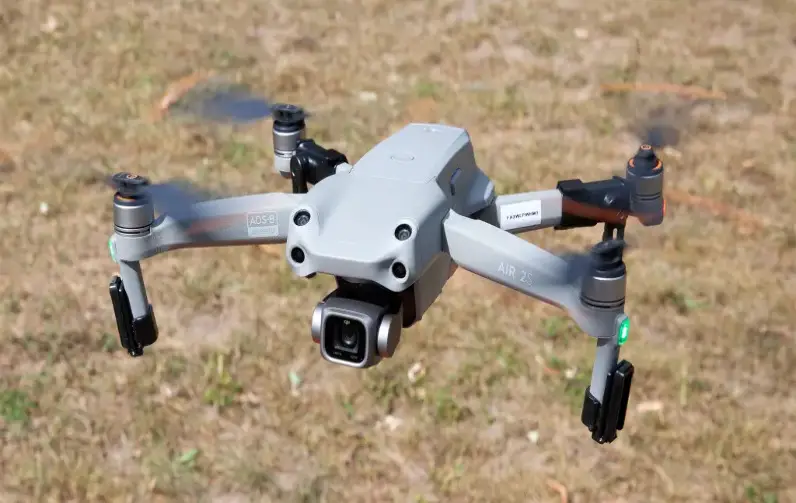
3. Blockchain Technology
In 2023 and beyond, the whole AEC sector will embrace blockchain to enhance cost management and create efficient procurement methods. The construction industry has just lately been exposed to this technology, which consists of interconnected groups of data “blocks” that form a digital ledger with records of all transactions and accomplishments. With each link representing a separate transaction inside a project, it is equivalent to a literal chain and self-balances. Unlike others, it is safe, decentralized, and adaptable to projects of any size.

4. Digital Twin
A digital twin is a digital version of a physical product, system, or process that is intended for or utilised in the actual world (a physical twin) for practical reasons including simulation, integration, testing, monitoring, and maintenance. With the aid of patterns and space, digital twins do performance analysis while taking occupant behavior into account.
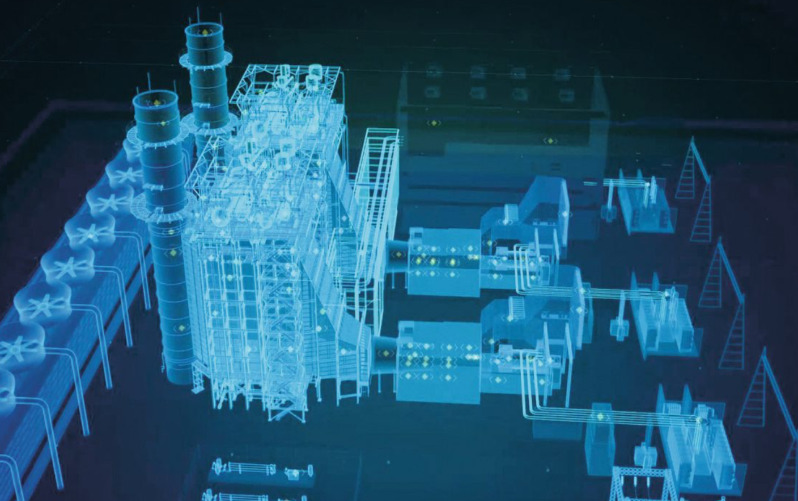
5. 3D Laser Scanner
One of the newest building technologies in the AEC industry is the 3D laser scanner. Due to its interoperability and annual updates, it is perpetually an innovation. It is well known for its prowess in scanning and analyzing real objects. It has been utilized for many different construction-related tasks, such as on-site surveying, mapping, project inspection, safety, and many more. Because of its accuracy, construction planning is made simple and much less expensive.
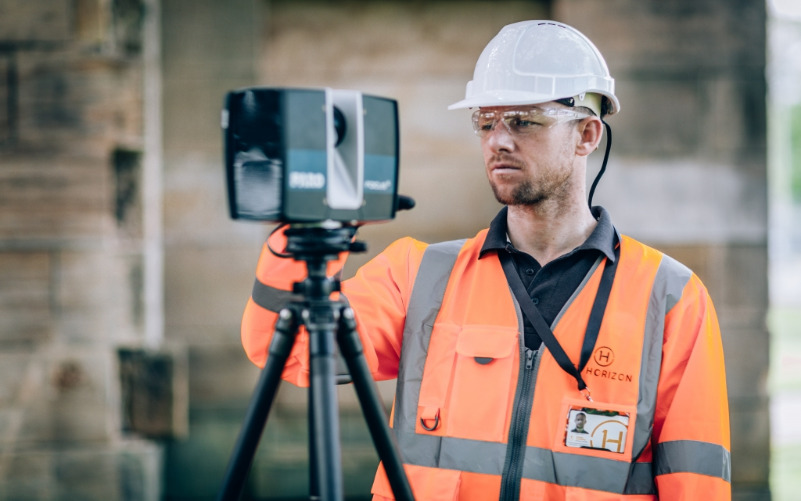
6. 4D Simulation
In keeping with the construction industry’s constant drive for optimization, 4-D simulations are one of the newest technological choices to save time and costs for on-site and offshore projects. Briefly stated 4-D BIM combines various elements of the digital information model with time-related data. Other criteria that might be used include lead times, installation times, drying times, process rescheduling, and many more.
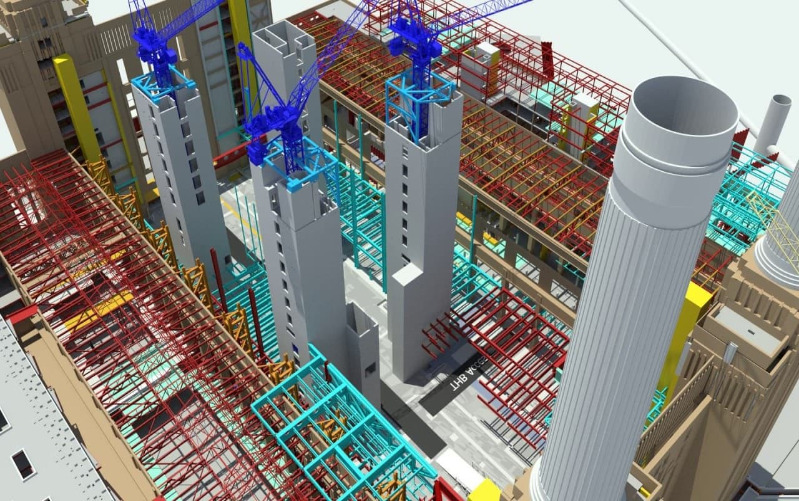
7. Building Information Modelling
The use of BIM, a new technology, in the building is expanding swiftly all around the world. For contemporary engineering, construction, and architectural practice, it is a crucial instrument. One or more accurate digital models of buildings might be produced using this method. This cutting-edge technology is supported by the ISO19650 standard, which has received government certification and is appropriate for projects of all shapes and sizes. BIM tools like Revit, Navisworks, Tekla, BIM Collab, Plannerly, and Autodesk BIM 360 may make interoperability possible in 2022.
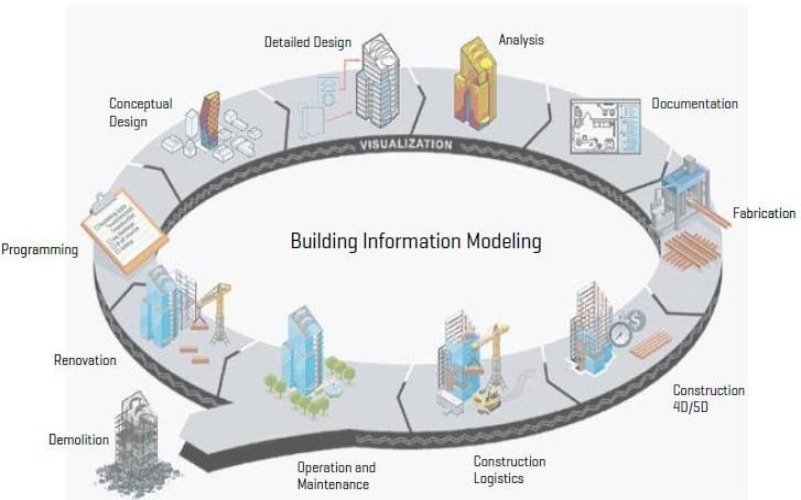
8. 3D Printing
A three-dimensional item is created by the layer-by-layer application of material in the 3D printing process. Because the thing is constructed entirely, as opposed to subtractive methods that involve material being cut, drilled, milled, or machined out, this is referred to as an additive process.

9. Mobile Devices
In many respects, mobile technology has changed the construction sector. One of the major for contractors is the advancement in project management. All parties may collaborate utilizing the same consolidated information sources via smartphones and tablets, guaranteeing that no one is left out of the loop no matter where they are. Real-time analytics have also been made possible in construction via mobile devices. Instead of needing to prepare a report at the end of the day, foremen may now use reporting tools to monitor performance, conditions, and expenses throughout the day.

10. Robotic Total Stations (RTS)
A crew must determine attachment sites for things like cable trays and piping using architectural plans, a tape measure, a spirit level and a theodolite, a precise tool for measuring angles. This is the usual method of organising building services on a site. But more complex structures don’t respond well to this technique. Prefabricated systems that don’t fit and conflict with other building services can have major repercussions, wasting time, money, and resources. It is laborious, time-consuming, and has a large margin for error.
